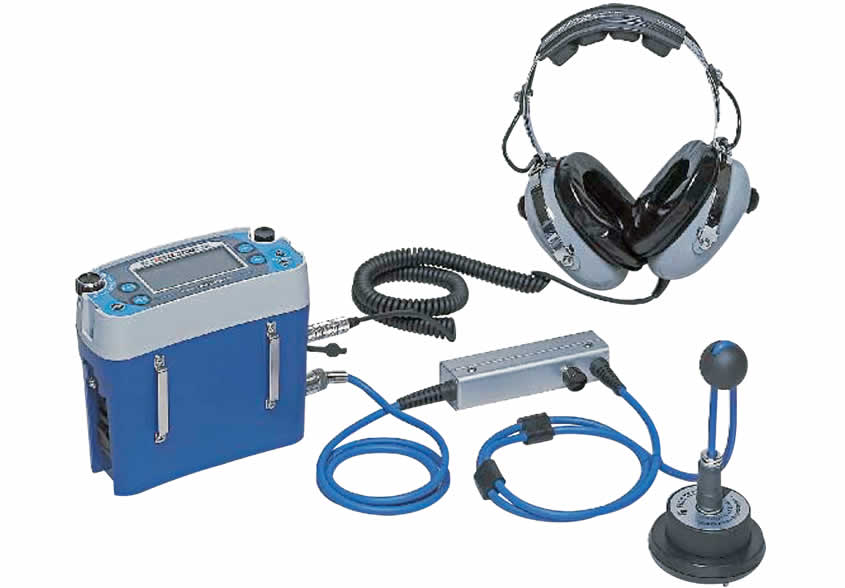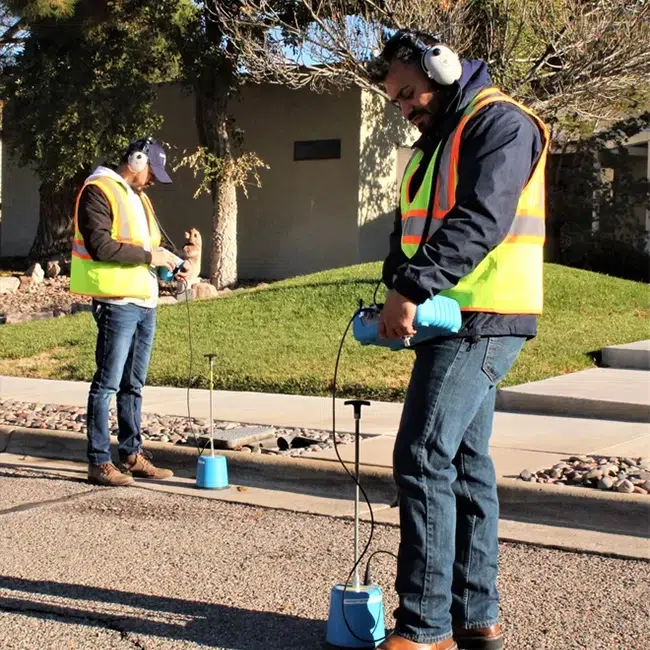The Relevance of Routine Water Leak Detection for Long-Term Home Protection
The Relevance of Routine Water Leak Detection for Long-Term Home Protection
Blog Article
Ingenious Solutions for Very Early Detection of Water Leakages in Structures and Facilities
As the stability of structures and facilities is vital, the challenge of very early discovery of water leaks has actually stimulated innovative solutions that promise to revolutionize the method we safeguard against prospective damages. From cutting-edge leakage discovery innovations to the release of IoT sensing units for real-time tracking, the landscape of leakage prevention is progressing rapidly. Machine discovering formulas use a peek into the future of leakage forecast, while thermal imaging presents a non-intrusive technique for determining surprise leakages. Automated water circulation analysis systems are reshaping just how leakages are determined and resolved, leading the way for a proactive technique to water leak detection. Each of these remedies holds the key to guaranteeing the dependability and durability of our constructed setting, prompting a shift towards a much more lasting and effective future.
Advanced Leak Detection Technologies
Advanced leakage detection innovations, geared up with advanced sensing units and algorithms, play a vital function in promptly determining and determining water leakages in various settings. Electromagnetic sensing units can identify adjustments in electro-magnetic fields caused by water, using yet one more layer of leak discovery ability.

IoT Sensors for Real-Time Surveillance
In the realm of contemporary water leakage discovery, the assimilation of IoT sensors for real-time tracking stands for a pivotal advancement in improving positive leakage discovery capacities. These sensors use continual monitoring of water systems, offering real-time data on water circulation prices, stress variations, and temperature adjustments. By leveraging IoT technology, these sensing units can find also the tiniest abnormalities in water use patterns, making it possible for early identification of potential leaks before they escalate into major problems.
IoT sensing units transfer data to a centralized platform, where advanced algorithms evaluate the information and generate notifies or notices when irregularities are identified. This real-time surveillance capacity enables homeowner or facility managers to promptly address leakages, lessening water damages, decreasing repair service expenses, and conserving water resources.
In addition, IoT sensing units can be integrated with building monitoring systems, permitting for automatic actions to found leakages, such as shutting down water valves or turning on pumps to mitigate the influence of leakages. Generally, the implementation of IoT sensing units for real-time monitoring considerably enhances the performance and efficiency of water leak discovery in structures and infrastructure.
Artificial Intelligence Algorithms for Leak Prediction

One secret advantage of making use of equipment understanding for leakage prediction is its capability to continuously learn and enhance its accuracy in time. As more data is accumulated and fed right into the algorithm, it can improve its predictions and adapt to transforming conditions, inevitably boosting the dependability of leak detection systems.
Additionally, machine understanding formulas can aid in determining refined indications of leaks that might go unnoticed by standard monitoring approaches. water leak detection. By examining complex information sets in real-time, these formulas can provide very early warnings and informs, enabling punctual intervention and preventative maintenance to alleviate potential water damage and linked costs
Using Thermal Imaging for Leak Detection
Thermal imaging modern technology provides an appealing strategy for detecting water leaks in various sites systems and infrastructures. By using infrared radiation and temperature variations, thermal imaging cameras can recognize surprise leakages that are not conveniently noticeable to the nude eye.
Among the crucial benefits of thermal imaging for leak detection is its non-intrusive nature. Unlike conventional methods that may require burglarizing walls or floorings to situate try this out leakages, thermal imaging enables non-destructive testing. This not just conserves time and minimizes expenses however likewise reduces disruption to the building or infrastructure being examined. Furthermore, thermal imaging can promptly check big areas, offering a comprehensive review of possible leakage sources in a timely way. On the whole, the usage of thermal imaging modern technology boosts the effectiveness and accuracy of water leak discovery, making it an important tool for preserving the integrity of buildings and facilities.
Automated Water Circulation Analysis Equipments
Exactly how can computerized water circulation analysis systems change the discovery and management of leaks in various systems and facilities? Automated water flow analysis systems offer a proactive strategy to leak discovery by continuously monitoring water flow prices and patterns. By establishing standard information, these systems can quickly recognize discrepancies that might indicate a leakage, making it possible for timely treatment to avoid considerable damage.
These systems make use of advanced algorithms to assess real-time information and provide instant signals when anomalies are spotted, enabling swift action to be taken. In addition, automated water flow analysis systems can be incorporated with structure management systems or IoT platforms, improving overall efficiency and allowing remote surveillance capacities.
Moreover, the data gathered by these systems can be utilized for predictive maintenance purposes, helping to identify Recommended Reading potential weak points in the infrastructure before leakages occur. Overall, the implementation of automated water circulation evaluation systems can dramatically boost leakage detection and management practices, ultimately leading to set you back financial savings, minimized water waste, and enhanced sustainability in structures and facilities.

Conclusion
In final thought, the combination of innovative leakage discovery modern technologies, IoT sensing units, artificial intelligence formulas, thermal imaging, and computerized water circulation evaluation systems offers innovative solutions for early detection of water leaks in structures and infrastructure. These innovations allow real-time monitoring, prediction of leaks, and efficient discovery approaches to avoid water damages and wastefulness. Applying these remedies can aid in keeping the honesty and sustainability of water supply in different settings.
Report this page